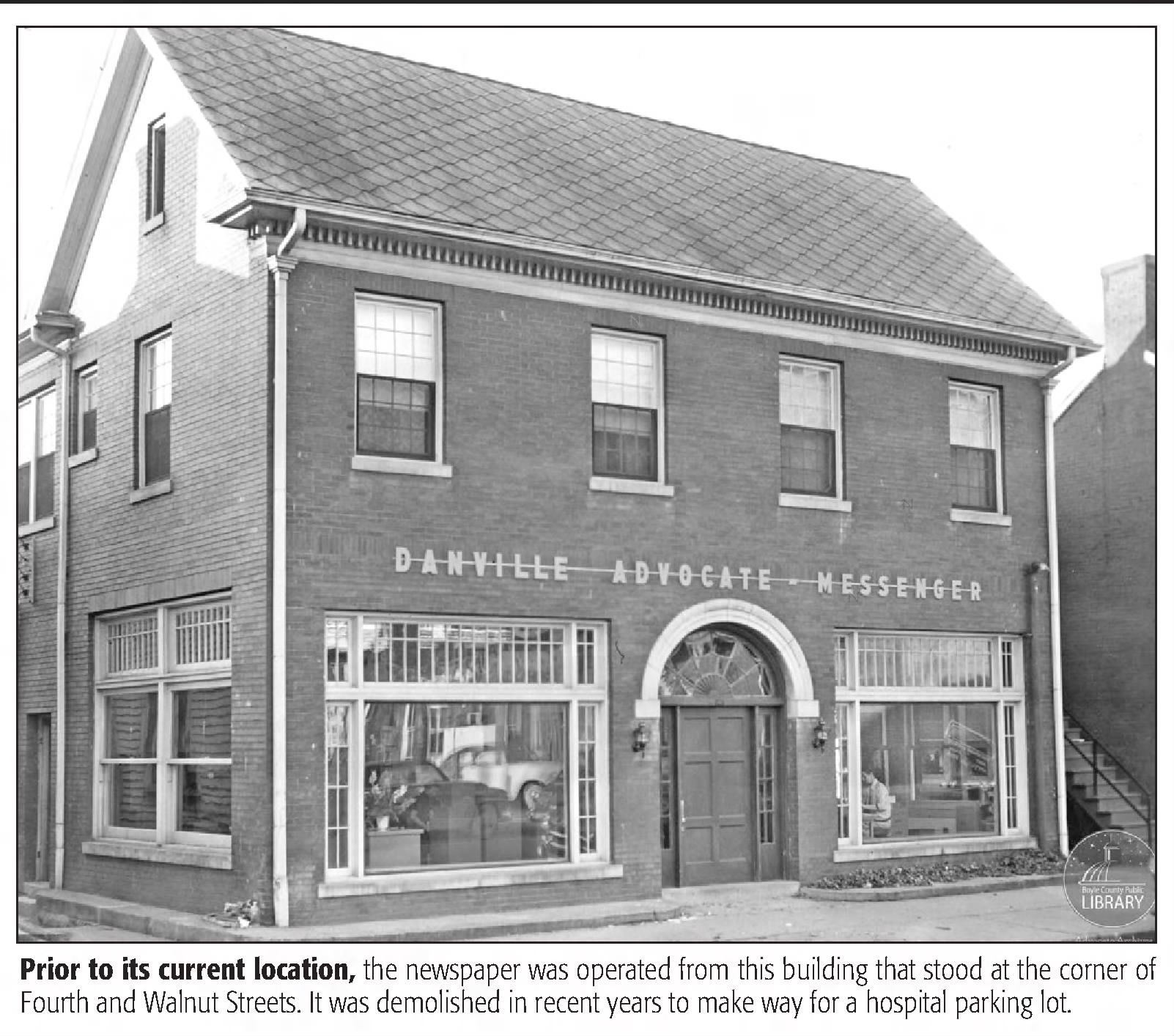2010s held a lot of change for Christianity in U.S.
Published 5:13 pm Wednesday, February 12, 2020
By ERIC MOUNT
Contributing columnist
Some decades take on identities. Will the 2010s? Religion scholar Philip Jenkins thinks the major trends in American Christianity during the last decade make it a candidate, and I’ll let him explain.
He is a prolific writer and a regular contributor to Christian Century. It is his article, “10 trends of the 2010s,” in the Jan. 29 issue that stakes his claim. The trends will necessarily be treated more briefly here than he does, and a year will be assigned to each trend without suggesting that the trend is confined to one year.
First — “The rise of the nones” (2012): 2012 is the date of the Pew Research Center study entitled “Nones on the Rise.” It notes that one in five American adults stated no religious preference, up from 15% in 2007. “Nones” therefore outnumber both evangelical Protestants and Roman Catholics, our two largest religious groups. Most “nones” are not atheists or agnostics, but they don’t call themselves Christians or Protestants or Catholics, perhaps due to disenchantment with institutional religion. Found mostly among the young, the “nones” are apt to increase.
Second — “The papacy of Pope Francis” (2013): The first pope from the global south, where Catholicism is “growing immensely,” Francis is a critic of capitalism and an exponent of more pastoral and less dogmatic approaches to abortion, homosexuality, contraception and transgender issues. Factions in a church already troubled by clergy abuse and declining numbers are, in Jenkins’ words, “sharply divided over Francis.”
Third — “Obergefell and the redefinition of marriage” (2015): Obergefell v. Hodges is the U.S. Supreme Court case that removed obstacles to marriage equality across the nation after years of state victories. Same-sex marriage has moved into the American mainstream with amazing speed. Denominations have argued and even divided over wedding practices. Court cases have been waged over the right of businesses to refuse wedding cake and photography services for such marriages.
Fourth — “Charleston murders and the problem of whiteness” (2015): Jenkins deems the speed of change concerning race and racial justice as astonishing as the change regarding gay issues. Review the record: Trayvon Martin; Michael Brown; the massacre of nine church members in Charleston, S.C. by a white supremacist; controversy over Confederate flags and monuments — and the list goes on. Issues of white supremacy and racial justice have also become mainstream. Many churches are reexamining their part in our nation’s racist history and facing the problem of whiteness.
Fifth — “Climate change and Laudato si” (2015): Concern about global warming is not new, but the sense of urgency grows as does the intensity surrounding the scientific consensus about climate change. Activism has grown within churches. Laudato si is the title of the encyclical from Pope Francis elevating care of the planet and condemning shortsighted materialism. Once more, political conflict on the issues is also unsettling some churches.
Sixth — “Trump and the evangelicals” (2016): 81% of evangelical voters have supported President Trump despite things about his history and policies that make that surprising, and there is now considerable soul-searching and some cleavage in evangelical circles on this score (See recent flap over stance of the conservative Christian journal Christianity Today). Generational and gender tensions within churches reflect polarization surrounding the president, and Jenkins connects these tensions to the rise of the “nones.”
Seventh — “Gender and identity” (2016): Transgender issues have surged in the 2010s. In 2016, the Department of Education and the Department of Justice issued a letter demanding that schools recognize and defend the rights of transgender students. Numerous legal contests have followed concerning access to bathrooms and changing rooms. Religious institutions are struggling with issues of ordination of transgender clergy and matters of language in liturgies and biblical translations. Jenkins sees a cultural revolution emerging.
Eighth — “Me Too and women’s leadership” (2017): The feminist movement has surged after Hillary Clinton’s defeat. Issues of harassment, abuse, underrepresentation and discrimination have returned to the forefront. Revelations about figures in the entertainment world, politics and church leadership have multiplied. Women’s submission to male authority is under attack in religious institutions, as well as others.
Ninth — “Crisis of the seminaries” (2017): Growing financial pressures and declining enrollments have forced closures and mergers of some seminaries. More churches are unable to employ full-time clergy.
Tenth — “Fertility rates and faith” (2019): Americans have thought we were the exception to the correlation between low levels of fertility and declining levels of religious faith, as seen in Europe for instance, but our fertility rate is now below replacement and headed downward. Together with the growth of the “nones,” this trend does not bode well for religious institutions.
The umbrella term that Jenkins uses for these trends is “secularization.” Bemoaners of secularization see Christianity selling out to cultural shifts and decadence. Defenders of secularization may see breakthroughs where others see breakdowns. They may see signs of hope where religious institutions eschew separation from the world and relate to the needs and oppressions that blight our societal life.
The polarization that plagues our country and our religious institutions is not limited to the coastal elites and their adversaries. In Kentucky and in our own part of the state, we are experiencing most of the tensions on the Jenkins list. It remains to be seen how many churches will follow the lead of those that have moved beyond partisan allegiances to embrace new possibilities that the 2010s have opened up.
Eric Mount is the Nelson D. and Mary McDowell Rodes Professor Emeritus of Religion at Centre College.






